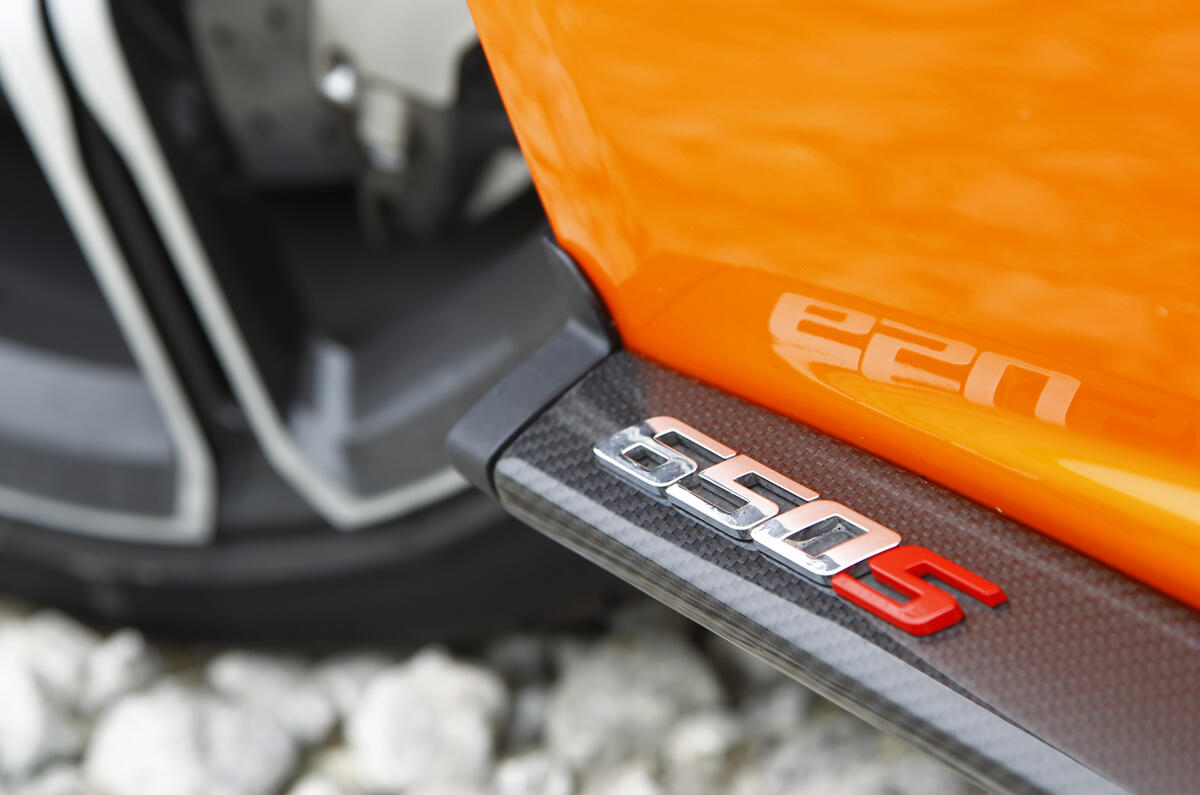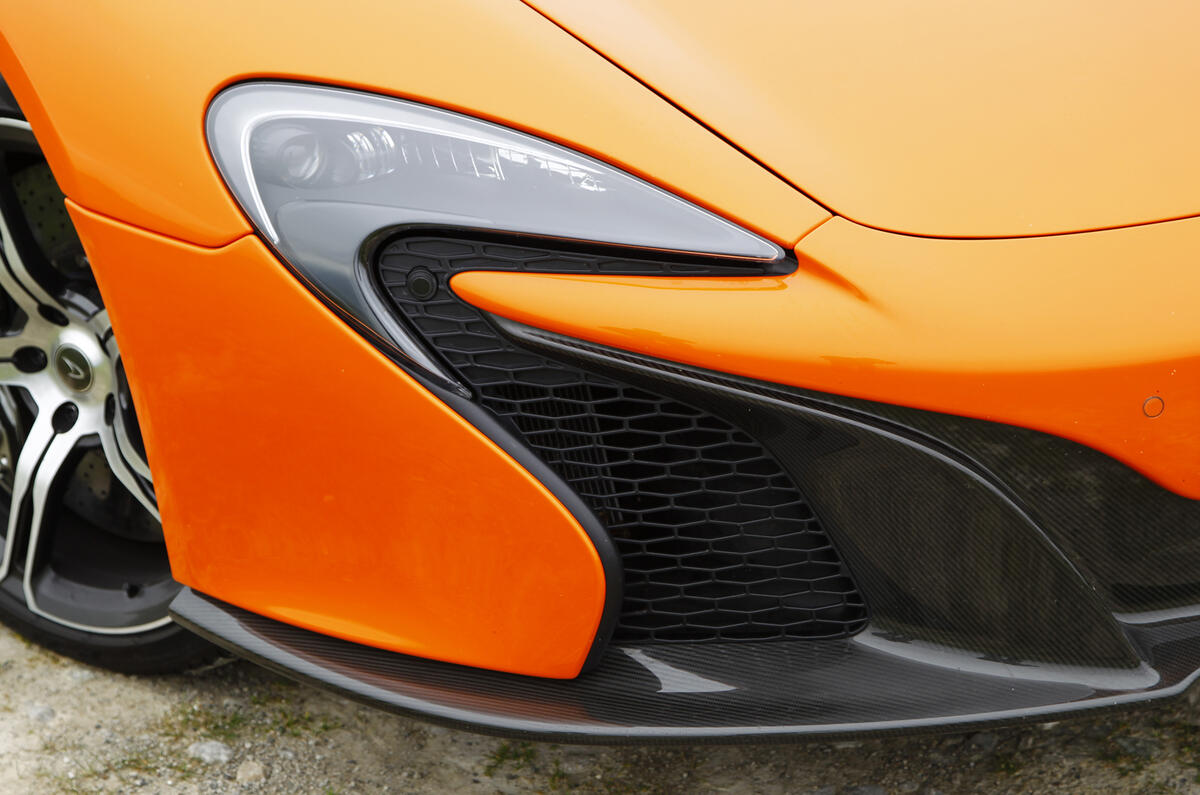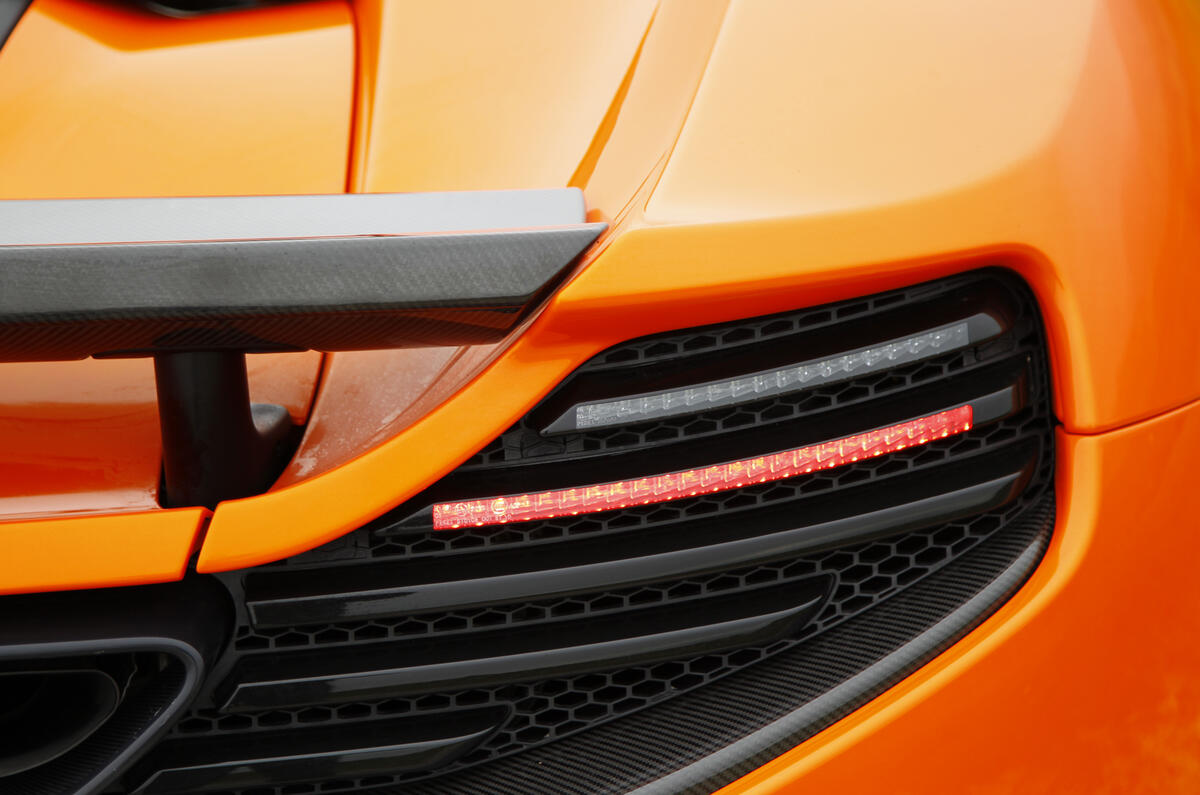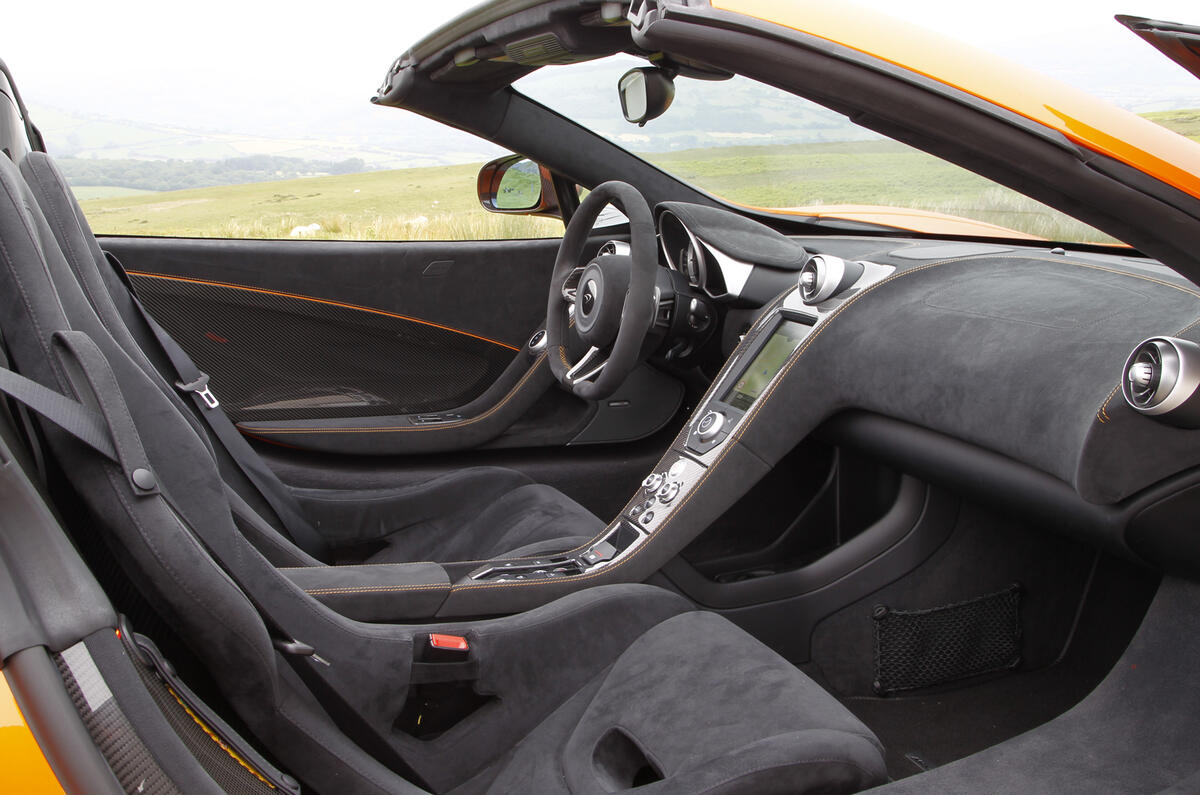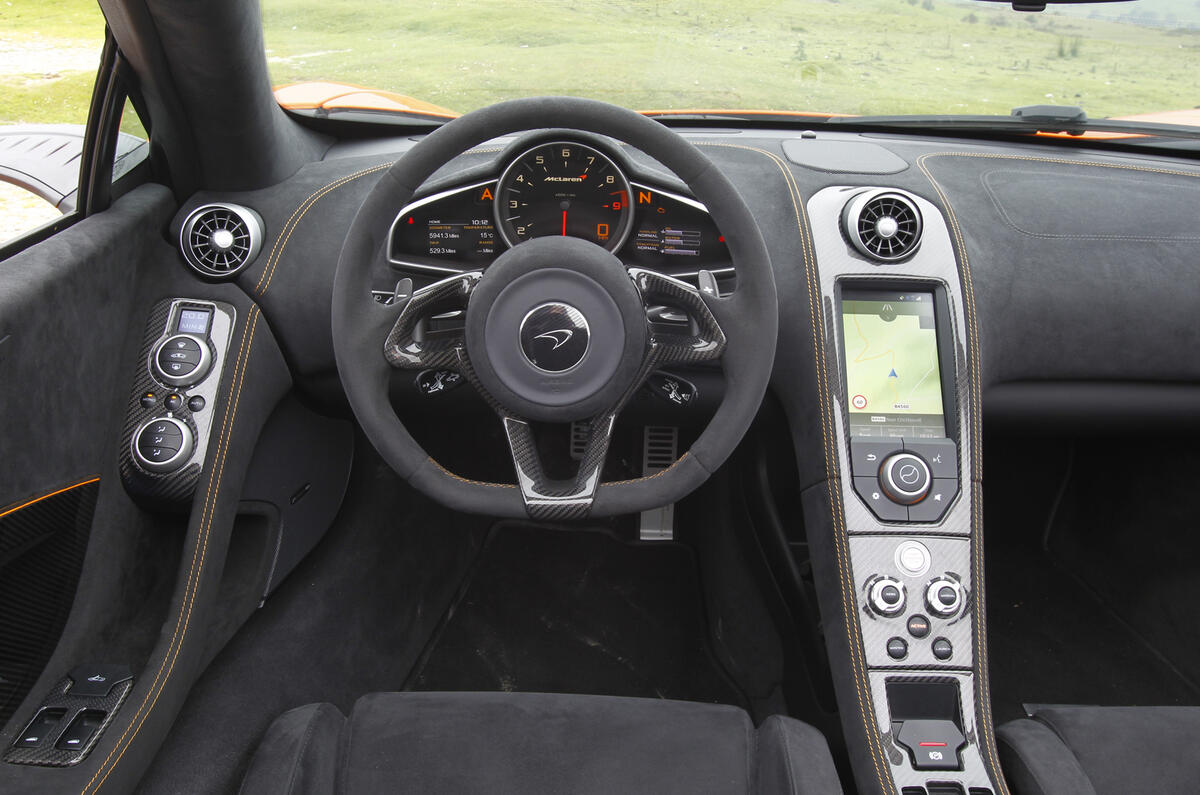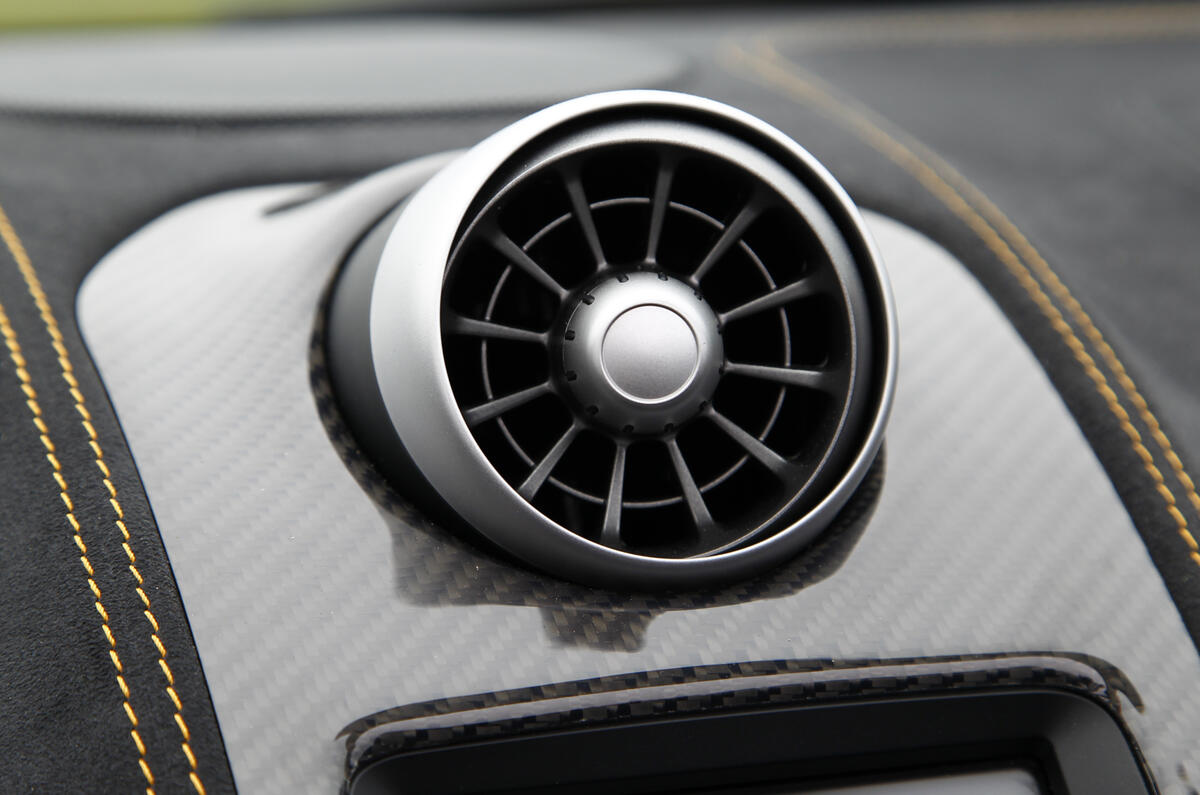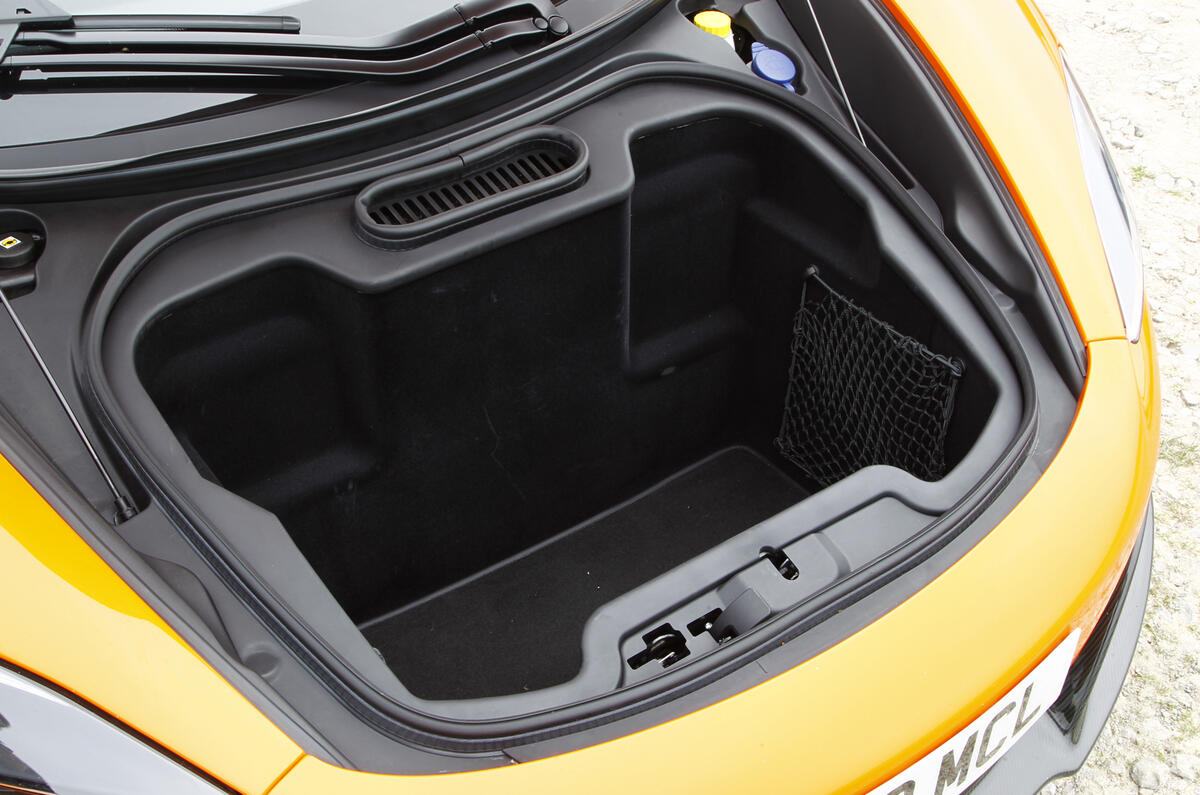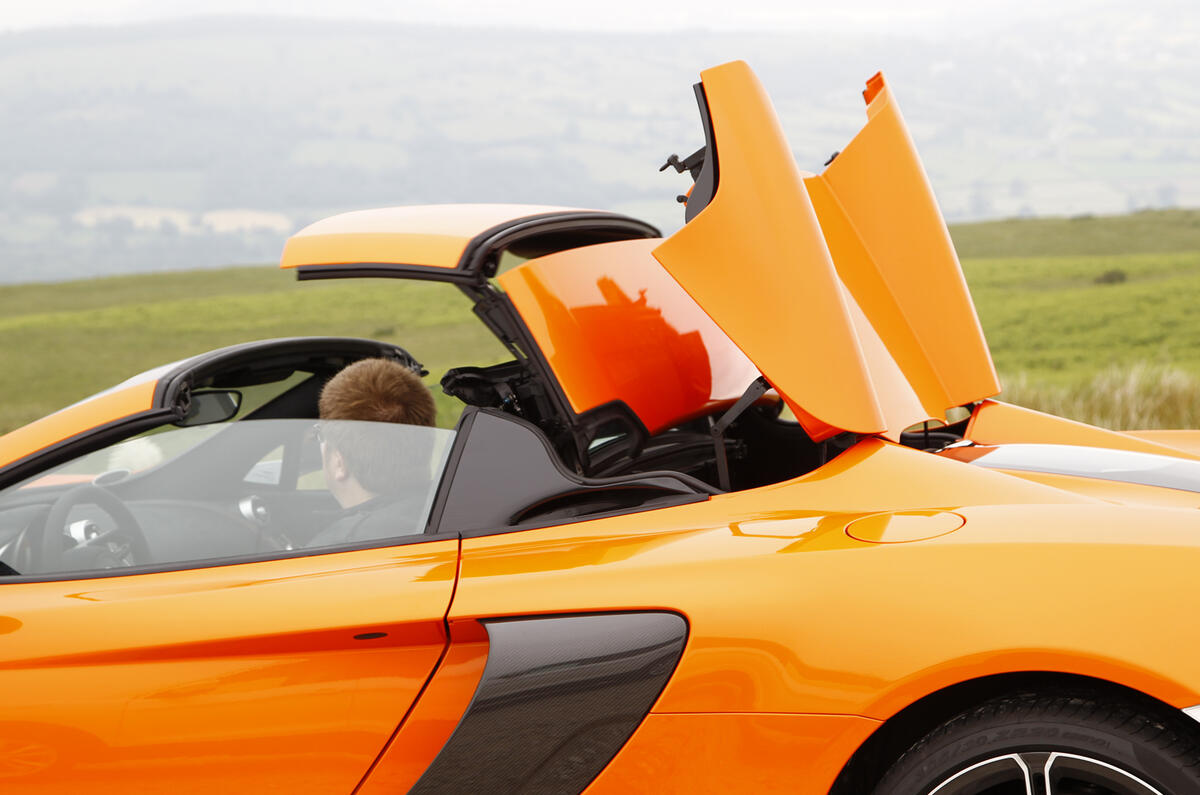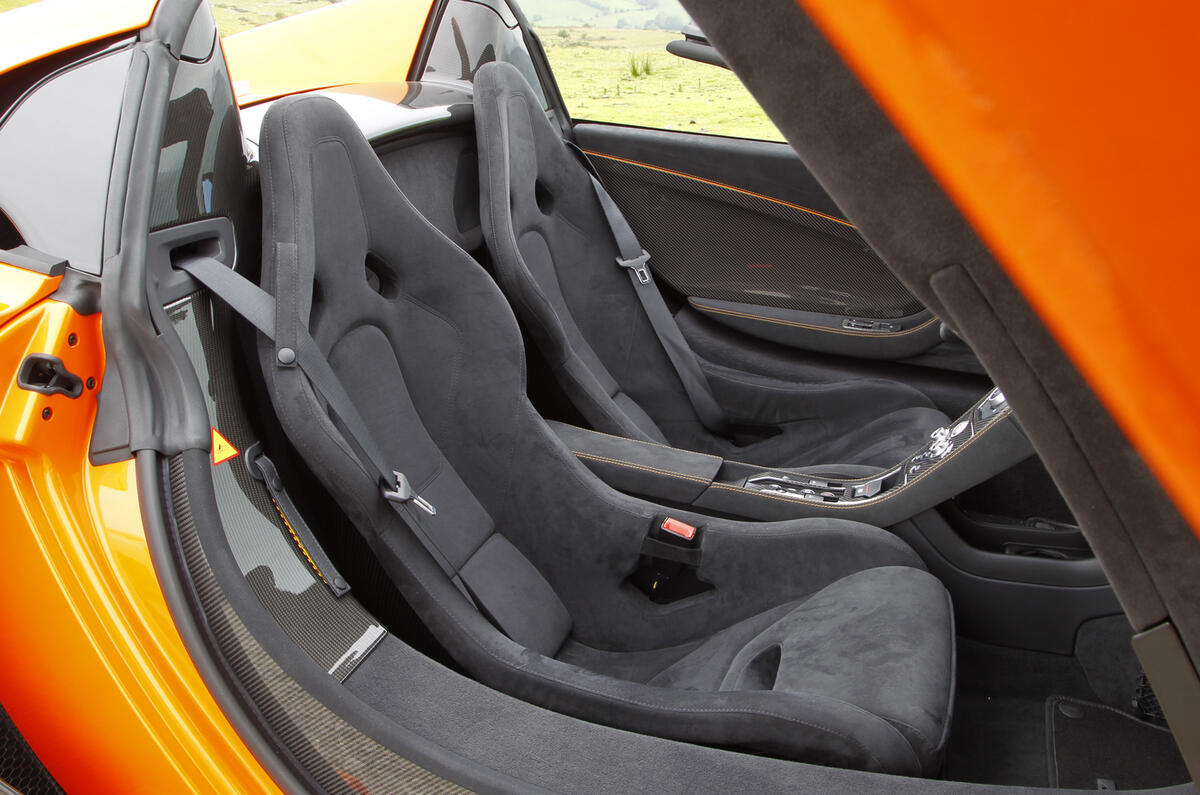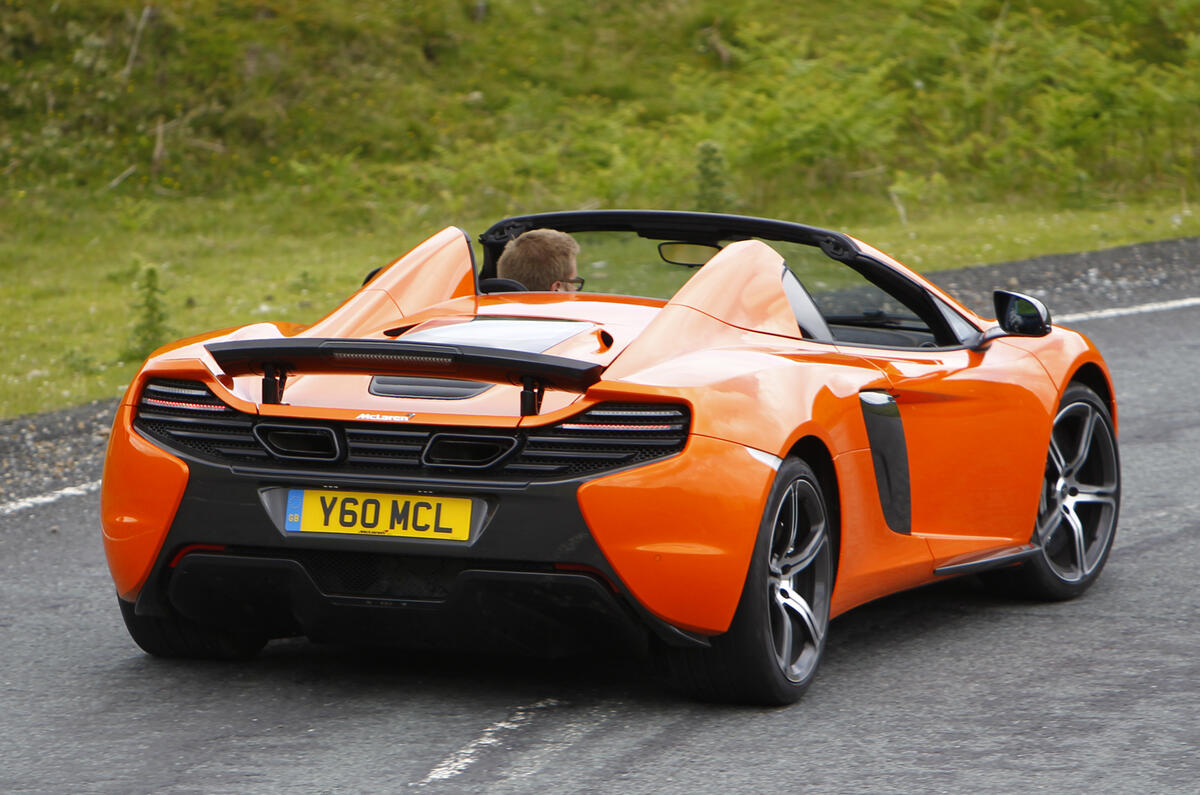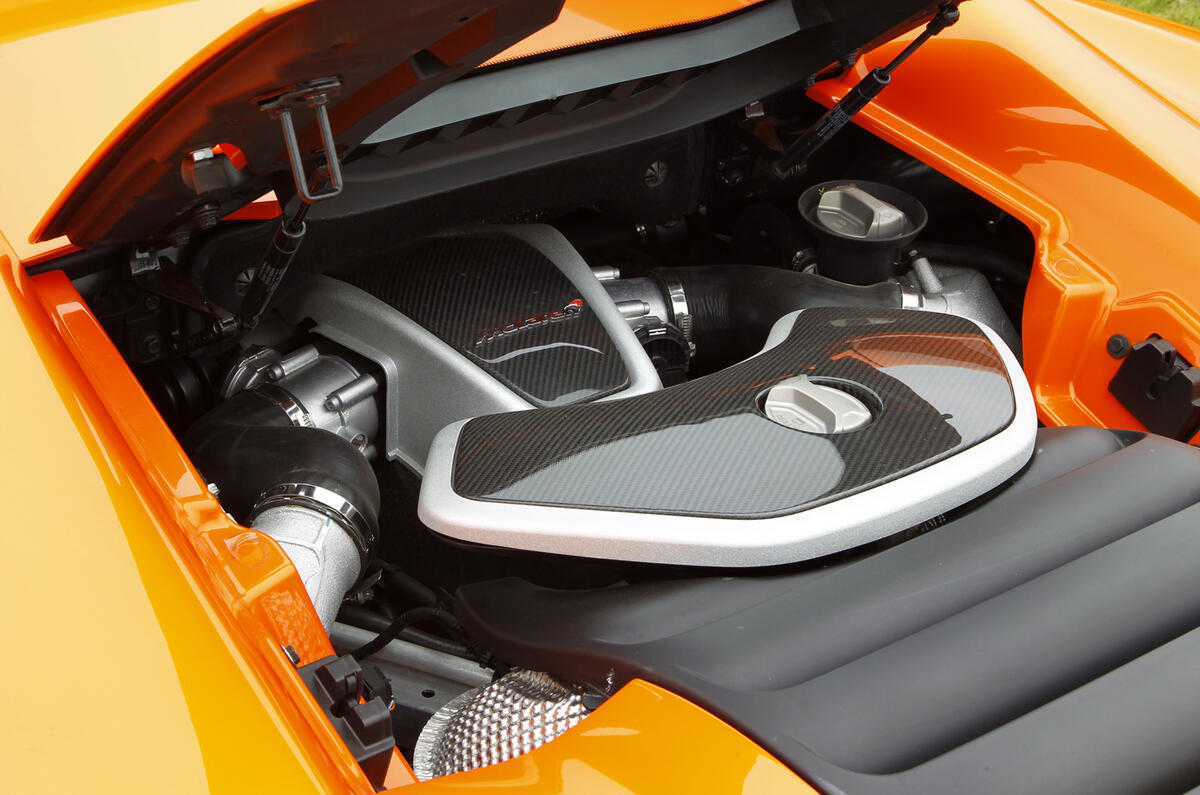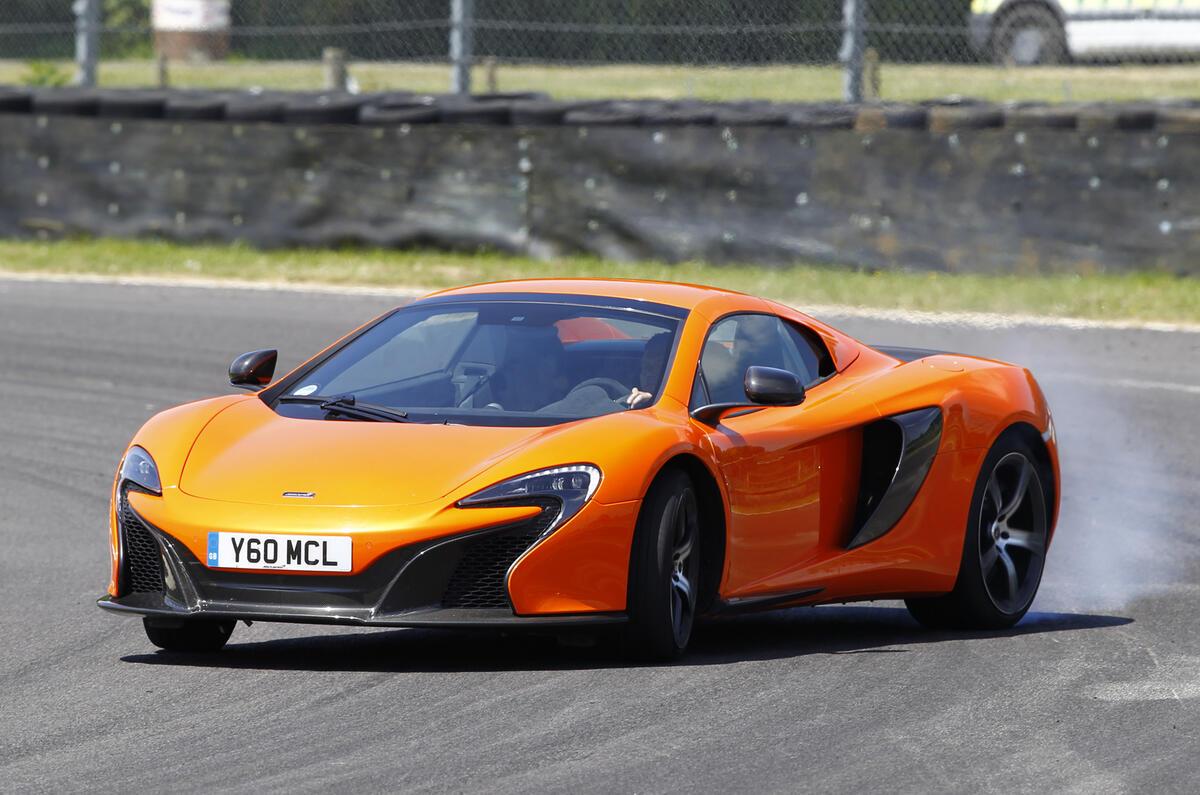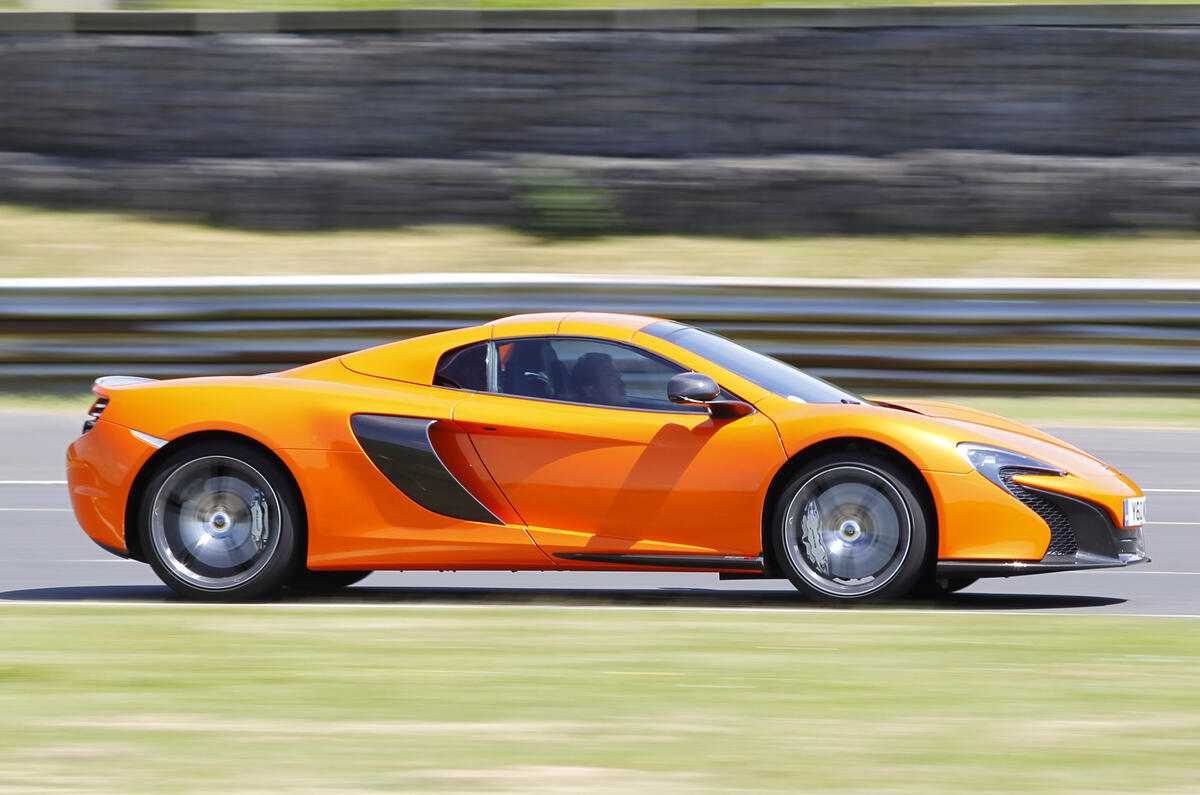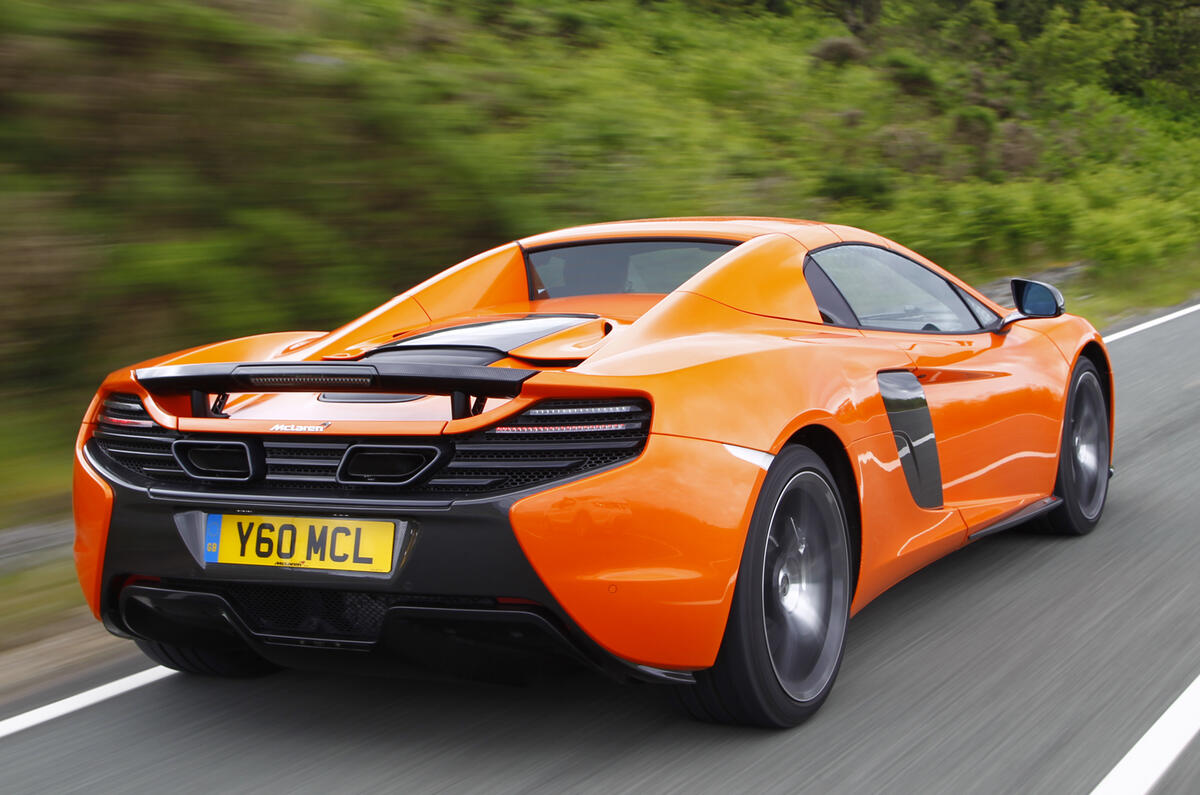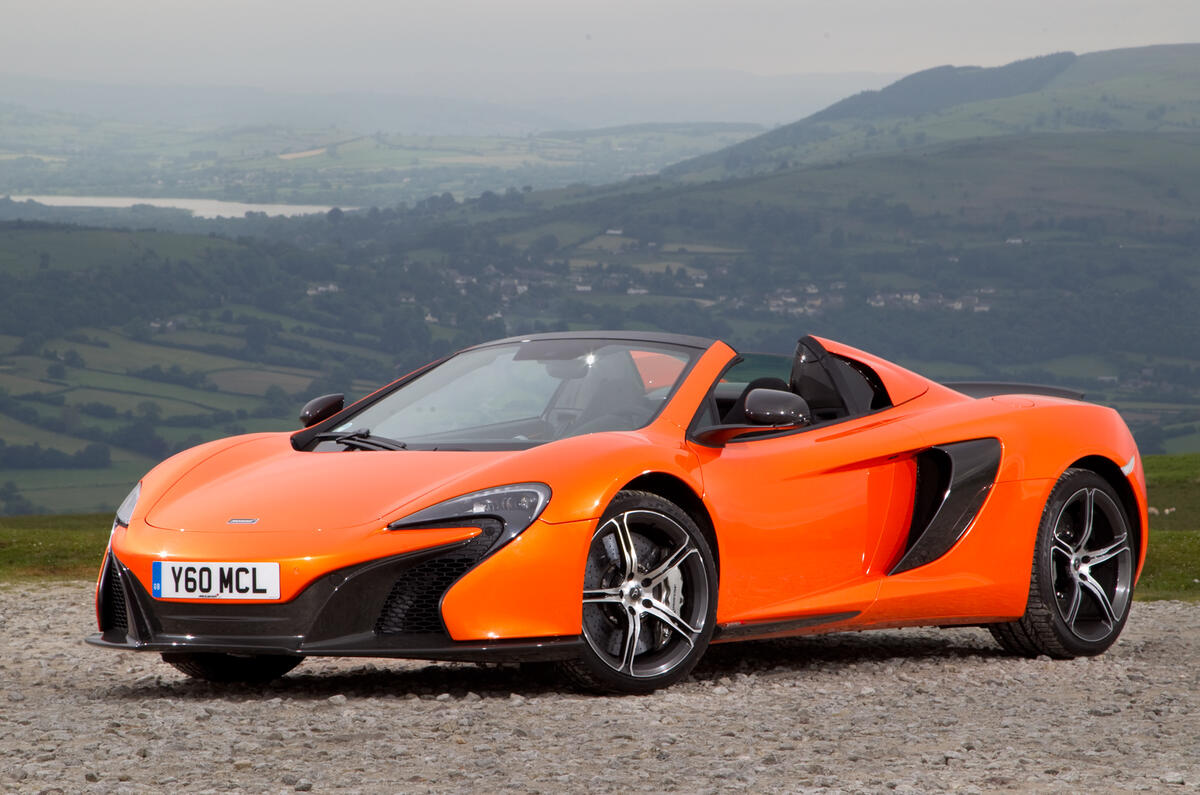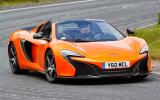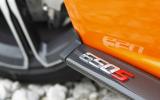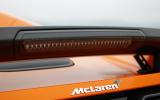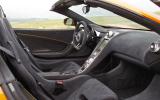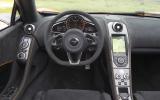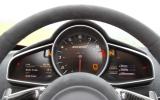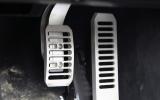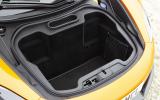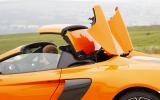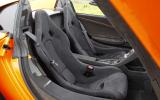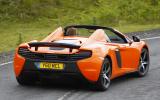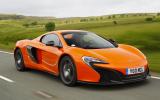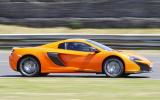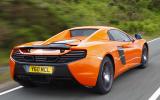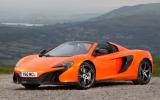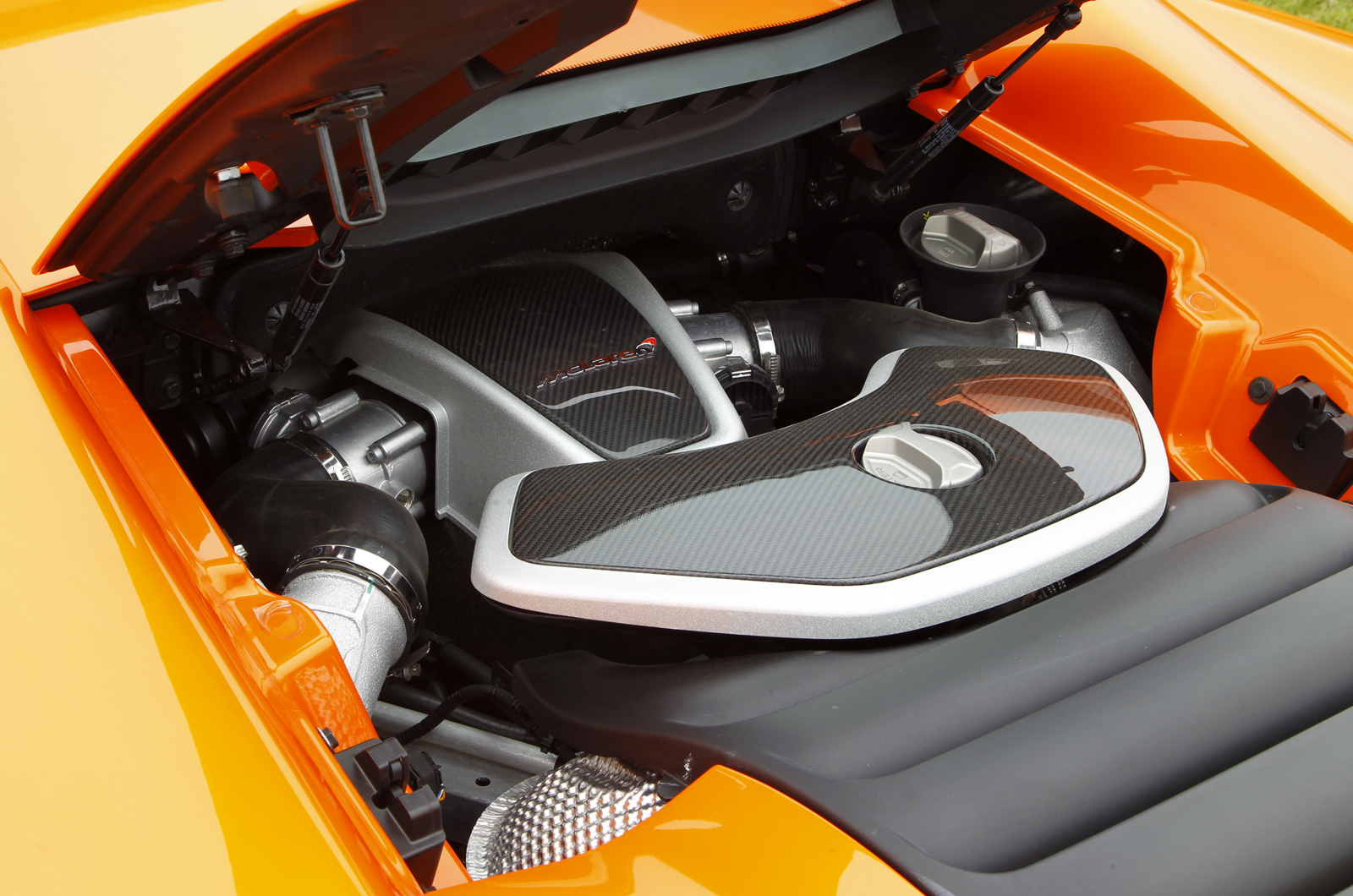That the MP4-12C became the 12C and now the 650S in just three years indicates two things.
First, that McLaren is a road car company still finding its feet, and second, that it’s a road car company capable of making changes at race-team speed.
Visually, the distinction between 12C and 650S is relatively broad. The new headlights are the biggest tell between the two models and are P1-inspired. But it’s the changes that are less visually obvious that are the most significant.
The M383T-designated twin-turbocharged V8 engine in the 650S is ostensibly the same one we know well from all of McLaren’s cars. The Woking firm takes great pride in the fact that, depending on where you find it, the engine will make anything from 532bhp (or thereabouts, in the forthcoming P13) all the way to 737bhp in the P1.
Here in the 650S it makes 641bhp. The hardware differs from that used in the 617bhp 12C thanks to new pistons and a redesigned cylinder head. There are also new exhaust valves and the cooling circuits have been redesigned to better deal with the inevitable extra heat that comes with such a power increase.
Camshaft timings are different, too. These are said to improve both economy and throttle response, while a new exhaust system is lighter than before. McLaren’s intention was to improve the perceived response of the engine. As such, torque now builds from 3000rpm to 7000rpm rather than plateauing, so the more revs you have, the faster it feels.
The engine drives the rear wheels through a seven-speed dual-clutch automatic transmission, as before. But while there are no changes to the hardware, the software has been altered to elicit faster, crisper shifts.
In Sport mode, the ignition is cut between shifts but the fuel is not, giving a pop from the exhaust when changing up. In Track, the gear engages before the revs drop, to give a momentary surge in acceleration as the ratio bangs home.
All of which sounds like McLaren is trying to introduce more drama to the 650S experience, given some of the verdicts on the 12C (though not necessarily ours), namely that it was too efficient for its own good.
One area in which it has always remained extremely efficient, mind, is in the way its suspension works; interlinked hydraulic suspension retains its absence of anti-roll bars, and this has given McLarens to date a spellbinding ride quality.
Here McLaren aims to keep the same ride quality in the softer suspension mode while stiffening it in Track mode, which, coupled with 24 percent more downforce, is said to improve steering precision and road feel.
And finally, the carbonfibre tub, which weighs just 75kg and gives the 650S its torsional rigidity, is retained unchanged. This 650S is also available as a Spider, too, a fact that, unlike in any rival, is extremely easy to forget.



